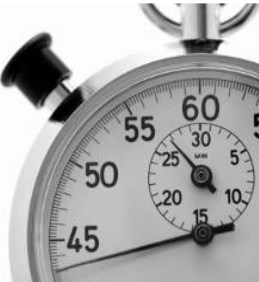Activity recognition track competitors
Team name |
| ||
Corresponding author | |||
Affiliation | |||
Abstract Our ultimate goal is to develop autonomous mobile home healthcare robots which closely monitor and evaluate the patients’ motor function, and their at-home training therapy process, providing automatically calling for medical personnel in emergency situations. The robots to be developed will bring about cost-effective, safe and easier at-home rehabilitation to most motor-function impaired patients (MIPs), and meanwhile, relieve therapists from great burden in canonical rehabilitation. In this study, we have developed control algorithms for a mobile robot to track and follow human by 3 different viewpoints: side view, front view and middle angle of human, algorithms for measurements of lower limb joints angle and algorithms for recognizing gait gesture. The accuracy of joint measurement was also investigated. Due to the skeleton point mixing-up and frame flying, the error was very big. However, after applying a colored mark compensation algorithm and missing point correction algorithm, the error could be corrected to a certain extent. This shows the feasibility of joint trajectory measurement through the mobile robots in real time. Recognizing and monitoring human behaviors is very attracting attention at home healthcare system. Human behavior analysis is not based on static process (not depending on only one situation), but needs dynamic time sequences data. Hidden Markov models are especially known in temporal pattern recognition such as speech, handwriting, gesture recognition. We have proposed a method of human walking behavior recognition applying HMM based on lower limb joint angles and body angle without any attached sensors to human body. It is shown that the proposed method brings the high rate of recognition of human walking behavior and is effective in indoor environment using by a human tracking and following mobile robot.
| |||
Team name |
| ||
Corresponding author Hristijan Gjoreski | |||
Affiliation | |||
Abstract Activity recognition is a prerequisite for numerous AAL tasks. A sensor system capable of automatically recognizing activities would allow many potential applications. In this paper an approach to activity recognition system using wearable inertial sensors is presented. The described activity recognition algorithms and preprocessing techniques are efficient and are able to recognize the user's activity in real-time. Additionally, the sensors use wireless communication, therefore the user can freely perform his/hers everyday activities. | |||
Team name
|
| ||
Corresponding author Jin-Hyuk Hong | |||
Affiliation | |||
Abstract Ambient assisted living facilities provide assistance and care for the elderly, where it is useful to infer their daily activity for ensuring their safety and successful aging. In this work, we present a system that classifies a set of common daily activities. The system is designed to be comfortable and non-intrusive, and is comprised of commercial, robust and well known devices while maintaining a high recognition accuracy and fast response by exploiting machine learning techniques. | |||

